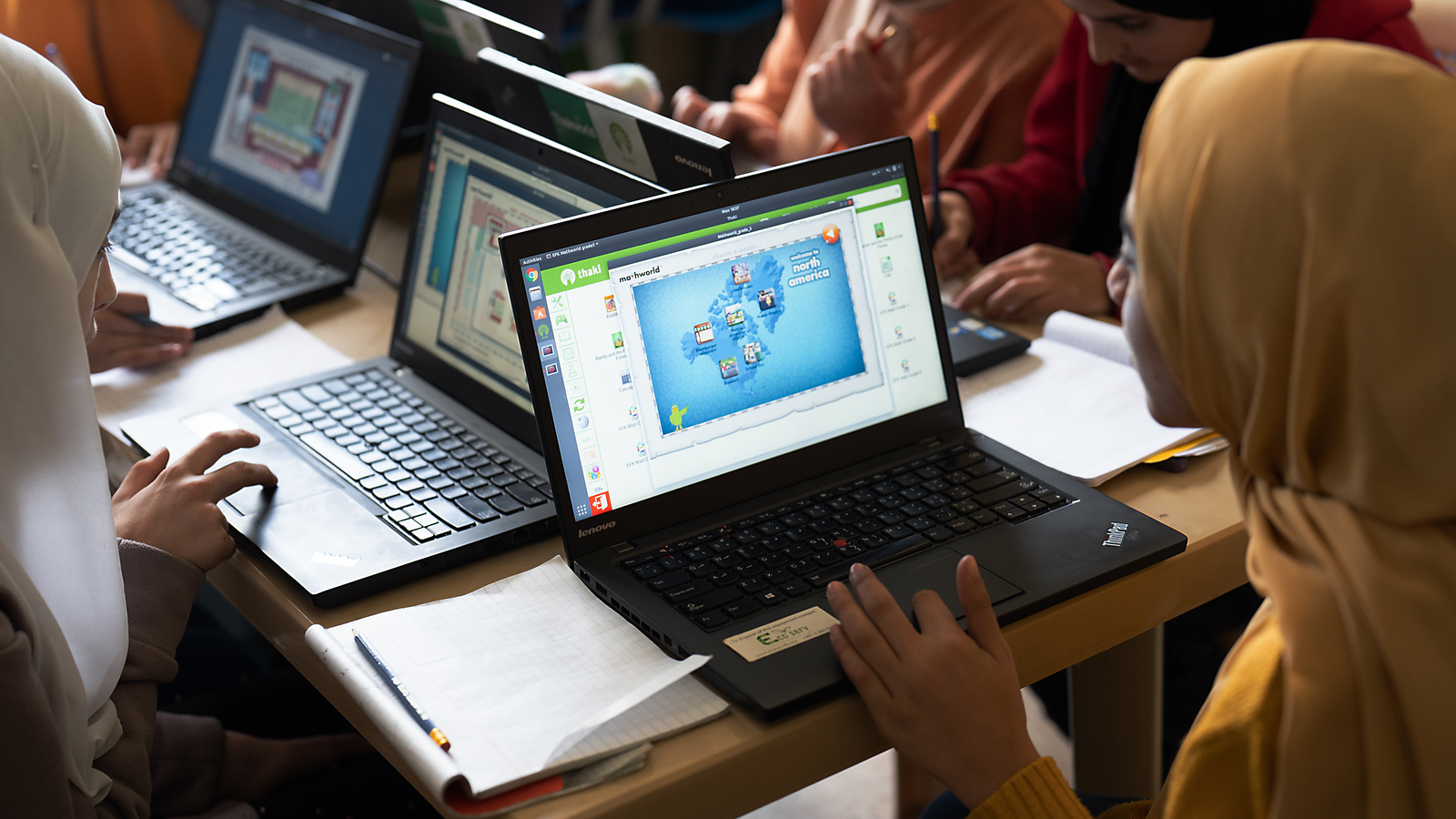
To Embrace the Automation Revolution, We Must Put "Education" Back into EdTech
Eighteen years into the 21st century, 260 million children and young people are not in school, and of the 650 million primary school-age children that are in school, 250 million are not learning basic subjects. To meet the UN’s Sustainable Development Goal of quality education for all, we will need to recruit 69 million more teachers by 2030.
For decades, politicians have attempted in vain to solve this problem, but we cannot afford to wait for them to provide the solution. AI and automation have made the crisis all the more urgent, transforming the job market that today’s students will one day face. As many as 800 million worldwide could be lost to machines by 2030, forcing one-fifth of the global workforce to seek other employment.
The most vulnerable countries, such as Ethiopia, could see up to 85 percent of existing jobs disappear. But the developed world is far from immune. Even fields requiring significant professional expertise, such as law and medicine, will be hit–and in some well-developed economies, around one-third of all jobs could be at risk within 15 years.
New jobs that will emerge to replace those lost to the rising machines will require creativity, leadership, emotional intelligence, problem solving, negotiation, and lateral thinking. In other words, they will need highly educated individuals. And if we are to meet the educational challenges of today’s job market, let alone those of tomorrow, we cannot waste another day. The time is too short; the crisis too severe.
Technology may be part of the problem, but I fundamentally believe it is also part of the solution. EdTech has the potential to bridge this education chasm that has opened up in the developing world. Teachers should be able to use technology to connect with hard-to-reach pupils and help them access educational content for the first time.
Even in developed countries, EdTech can assist overstretched teachers, taking time-consuming perfunctory tasks off their hands, allowing them more time to concentrate on teaching, supporting and inspiring their students. In this way, technology will help us solve some of the challenges created by an era of automation.
But EdTech is, as yet, failing to live up to its potential. A 2015 OECD report found that even countries investing heavily in information and communication technology (ICT) for education had seen no noticeable improvement in their PISA results for reading, mathematics or science. And in the US, only 33 percent of parents surveyed by the Learning Assembly say that their child’s school did an “excellent” job of using technology to tailor instruction.
To realize the potential of EdTech, we must first recognize the importance of integrating the science of learning or pedagogy into new tech products, making sure we do not confuse market research with educational research. Investors have a rare opportunity to transform lives, but this is a complex task that can take many years of work, particularly alongside those at the coalface of education—teachers—before they see any results.
One piece of meta-analytic research from 2014 showed that improved outcomes in EdTech principally depended upon three factors: interactive learning, exploring and creating, and crucially, the right blend of teachers and technology. EdTech is most successful when teachers play their unique roles as curators, mentors, and facilitators of meaningful peer interaction. We need to bring them to the fore of everything we do, putting education back into EdTech.
To promote this approach, the Tmrw Institute will look to answer some of the key questions about the role of technology in education. Founded by Sunny Varkey, it aims to connect the education and technology worlds by bringing together the EdTech community: teachers, governments, entrepreneurs, and investors to help them find better ways of understanding each other.
The Institute will explore which innovations make the most difference to children’s learning outcomes, and create an evidence base to serve and guide future research. It will also tackle the problem of global education capacity using the best ideas from the EdTech world, aiming to guide the development of technology that can help bring quality education to every child throughout the world.
I am also proud to be a judge and Challenge Leader for MIT Solve's Teachers & Educators Challenge, which focuses on finding ways for teachers and educators to provide accessible, personalized, and creative learning experiences for all. We recently selected the new cohort of Solver teams—tech-based entrepreneurs who are solving these issues—at Solve Challenge Finals on September 23. These initiatives will be vital if we are to see EdTech fulfill its potential in helping solve the education crisis.
We stand on the precipice of a world transformed by technology. But whether we embrace its benefits for the good of all mankind, or whether we watch as millions are left by the wayside depends on whether we truly embrace the opportunities of EdTech.
Heejae Lim pitches TalkingPoints during the Teachers & Educators pitch session at Solve Challenge Finals, September 23, 2018. (Photo: Adam Schultz / MIT Solve)
Tags:
- Learning
- Economic Prosperity
Related articles
-
Workforce Development for the Future: A Q&A with Michelle Hecht, Executive Vice President, Head of Corporate Affairs, Citizens

-
“Education is the one thing you can take with you.” A Q&A with Rudayna Abdo, Founder and CEO, Thaki

-
A LEAP in evidence-based innovation for education
How to address the need for evidence-based innovation in education by empowering researchers, social entrepreneurs and education organizations to work together.